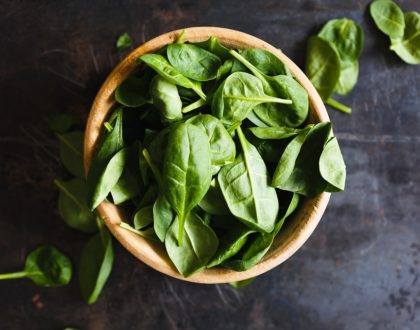The Powers of Protein

by Abby Austin
Running, hiking, weight lifting, or yoga; you are expending energy. Your body needs the right nutrients to recover from this physical activity. Protein is the vital building block to repair and strengthen muscle tissue, as well as assists workout recovery, providing energy, feeling full, and weight loss.
Proteins are the constituents of the body that make up a significant portion of muscles, organs, skin, and tendons. In fact, 20% of total body weight is protein. Proteins are molecules made up of 20 different types of amino acids. Many of these amino acids can be produced by the body, while the remaining are recovered in our diet. Amino acids that we get from food are referred to as essential. Linked together like beads on a string, amino acids are structured in different lengths and sequences. The sequence of the amino acids presents each protein its interpretation – what it is and what it does. Therefore, it would make sense that the foods providing essential amino acids are different types of protein due to various, unique sequences.
Eating the right amount and type of protein every day is vital to keep the building up and breaking down of these proteins in balance. Proteins derived from animal sources -meat, fish, poultry, eggs, and dairy – supply the ample essential amino acids for our bodies to fully utilize them. These proteins are complete, while plant based protein – beans, nuts, soy, and wheat, are referred to as incomplete because they lack one or more essential amino acids.
While we understand the significance of protein, there are misinterpretations on how much one needs to consume. The Dietary Reference Intake (DRI) is 0.36 g per pound of body weight which equates to 46g for a sedentary woman and 56g for men. An athlete should use the amount 0.55 g/pound. However, this requirement is the minimum intake to prevent deficiency and loss of muscle mass. The DRI provides no recommendation for an optimal level of consumption. However, research validates 25-30% of protein calories boosts metabolism.
The amount of protein needed depends on several factors: an individual’s age, weight, gender and physical activity. A general calculation is to take your weight in pounds divide by 2.2 to convert to kilograms, then multiply by 0.8 for someone not very active, 1.3 for active or pregnant, or 1.8 for extremely active. For instance, a 160 pound, very active male would need to consume roughly 130g of protein (160/2.2 x 1.8). This amount is 42g more than an active DRI amount of 88g of protein.
To stay healthy and improve muscle mass, a balanced diet with plenty of protein is vital.
Recommended Posts
Back Sculpting and Bicep Workout with Dumbbells at Home
February 23, 2021
10 Minute Firm Abs Workout – No Equipment (Total Abs)
February 19, 2021

9 Superfoods Making Waves in the Fitness Community Right Now
February 26, 2018
